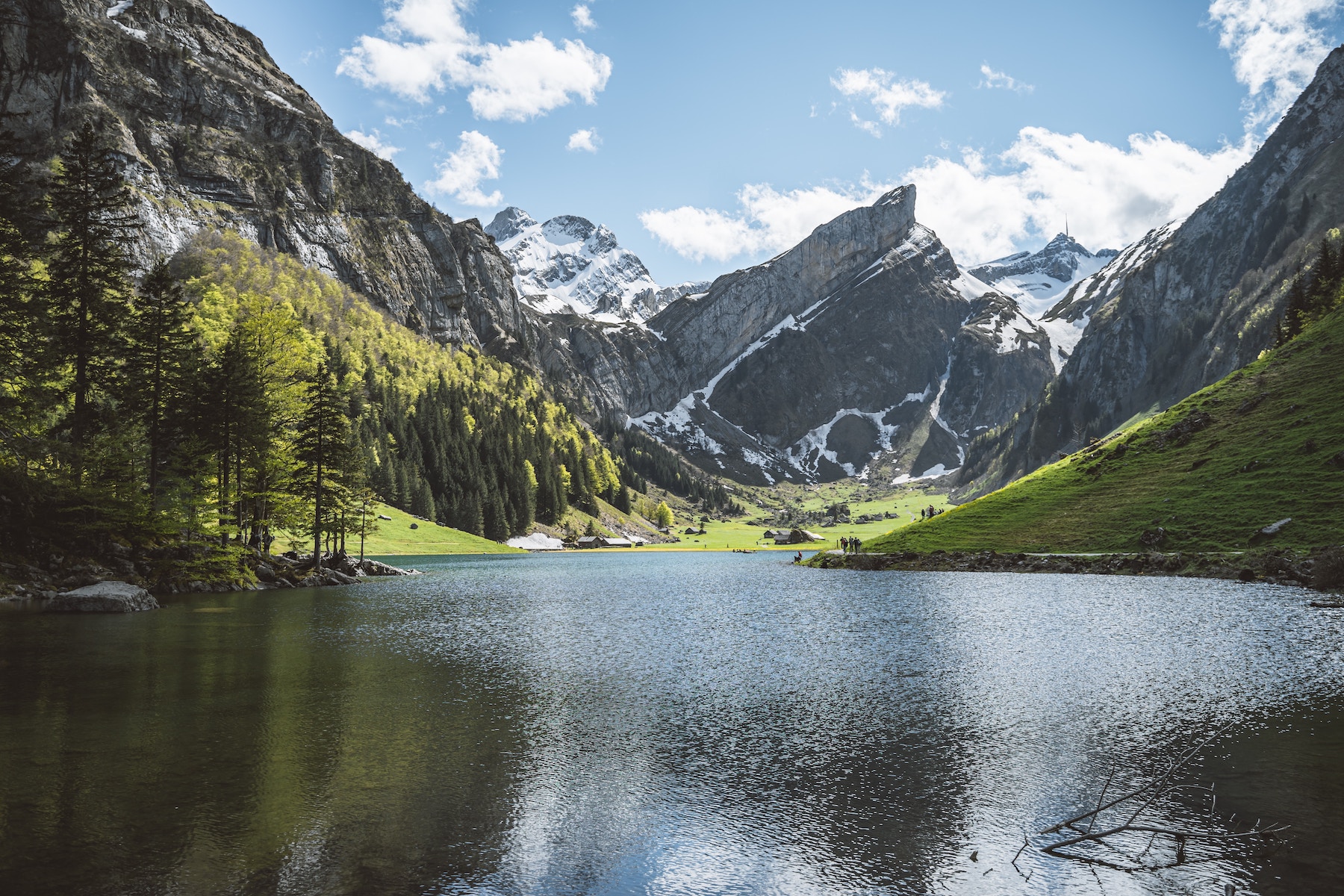How Embracing the Māori’s Worldview Revolutionizes the Way We Treat Nature
“We cannot appropriate nature, we belong to it.” In essence, that is how the Māori, New Zealand’s first inhabitants, view the relationship between man and nature. In New Zealand, the Māori worldview has been recognized in law, which led to the legal rights for nature, specifically a forest, river, and mountain. Their interests have to be considered in decision-making and trustees can represent them in negotiations and in court. As a result, these natural phenomena enjoy a high degree of protection. Yet the Maori worldview can bring about even bigger change: those who accept it will forever treat nature with the respect it deserves and seek to preserve it for future generations.
Humans as Guardians of Nature
We get a lesson in the Māori worldview at the visitor center of Te Urewera, the forest that was given legal personality. Holly is a member of the Tūhoe, the local Māori tribe. She explains the concept to us. “In the Māori worldview, everything is connected. People, mountains, rivers, animals, forests, and the sea. They all originated from our ancestors: Ranginui, the god of the sky, and Papatuanuku, the goddess of the earth. Papatuanuku takes care of us, her children, through nature. We belong to the land, not the other way around.”
“Nature is there when we are born, while we are alive, and after we die”, she continues. “We humans are just the kaitiaki, the guardians of nature. We must pass it on in a good condition to future generations.” Her explanation of the Māori worldview sounds logical to us but we realize that it contrasts starkly with the Western worldview according to which we can appropriate and exploit nature. So how did these conflicting worldviews lead to the legal rights for nature in New Zealand?
Different Worldviews Lead to Different Landscapes
The clash of worldviews is reflected in the landscapes in and around Te Urewera. Just beyond its borders, we pass countless meadows with grazing sheep and cows. The only trees we encounter are part of immense plantations of non-native pine trees. It’s no surprise: the meat, dairy, and forestry industries are big business in New Zealand. Nature has to pay the price. Once there was a native forest here, teeming with life, but now biodiversity is low. Where trees were felled, a desolate landscape remains. Yet the consequences of centuries of looting nature can no longer be denied. Climate breakdown and the loss of biodiversity even threaten the survival of humanity.
As soon as we enter Te Urewera, the pines abruptly make room for a huge variety of different trees, shrubs, and plants. We are engulfed by a sea of countless shades of green. The birdsong is almost deafening. A stream with crystal clear water completes the picture-perfect setting. This is how all of New Zealand once looked like, until the first inhabitants encountered their colonizers.
Clashing Worldviews Lead to Clashes
In 1840, the British signed a treaty with several Māori tribes, promising them equality and sovereignty over their land. Instead, this Treaty of Waitangi accelerated the colonization of New Zealand. Hundreds of thousands of British colonists arrived in the years that followed, with violent conquests as a result. Some Māori tribes were promised weapons and coins in exchange for their land. The British operated from the principle that people can own land and can do whatever they want with it. According to the Māori, land cannot belong to anyone. Instead, the people belong to the land. People can reap the fruits of the land, but they must take good care of it. A clash between the British and Māori worldviews was inevitable, with the British (or Western) worldview, aided by firepower and the sheer number of representatives, quickly dominating New Zealand society and laws. Legal rights for nature was the opposite of what the colonizers had in mind.
First: A National Park
The Tūhoe never signed the Treaty of Waitangi and resisted relinquishing the lands of which they were the guardians. When it was suspected that the Tūhoe harboured a Māori resistance fighter in Te Urewera, the British troops invaded the area, burned the homes and crops of the Tūhoe and confiscated their land. Only many years later the land was designated as a national park. One might think that such a designation would give sufficient protection to nature but Holly disagrees. “We wanted recognition of the spiritual value that Te Urewera has for us. To us, it is a place with its own identity and mana (soul/energy). It is our homeland and the basis for our culture, our customs, our entire existence. When it was a national park, we felt like guests here.”
Finally: Legal Rights for Nature
That only changed in 2014, when a special law was passed which confirmed that Te Urewera has its own legal personality and could never be appropriated or sold. The Tūhoe were recognized as its guardians. “That’s when we felt at home again. Now we can take good care of Te Urewera”, Holly smiles. A board of trustees, made up of Tūhoe and government representatives, can represent Te Urewera. “Does that mean that lawsuits can be filed on behalf of the nature reserve?” we ask. “In theory yes”, Holly replies. “But that’s not the way we prefer to resolve conflicts.”
Assimilation of Worldviews
According to Holly, the concept of legal rights for nature sends a clear signal. It is now codified in law that people cannot do whatever they want in the area. Anyone who cuts trees without permission, for example, will be held accountable. “We try to convince everyone to respect our customs. That is not always easy, even within our own community. Some Tūhoe opt for financial gain at the expense of nature”, Holly sighs.
With that, Holly touches on an important topic. By recognizing legal rights for nature and giving Te Urewera legal personality an attempt was made to integrate the Māori worldview into the Western legal system. The law provides an important new instrument for protecting nature: the legal process. But in practice it is perhaps even more important that the Māori worldview was given such a prominent status, which could lead to more people applying it in their dealings with nature.
At the same time, the importance of recognizing legal rights for nature should not be underestimated. It was unique that a piece of nature received the same legal protection as people and companies. Before 2014, this was not laid down in law anywhere in the world. The recognition in law validates nature as being at least equal to man and man’s creations.
River and Mountain with Rights
Te Urewera had the world premiere. Since then two more natural phenomena in New Zealand have been granted legal rights: the Whanganui River and Mount Taranaki.
The local tribe regards the Whanganui River as a sacred being of which they are part. “I am the river and the river is me”, is a proverb of the Whanganui tribe. They rely on the river for spiritual, cultural and physical sustenance. Sadly, nowadays the river and its surroundings are threatened by pollution, commercial forestry, industrial agriculture, and construction.
Taranaki is only an hour’s drive from the river mouth. The volcano is a perfect cone and stands tall in the middle of flatland. The local tribes revere the mountain for its high spiritual value. Introduced goats, weasels, stoats, possums, and rats all cause a decline in native plants and birds, thereby destroying the ecological vitality of the mountain.
The local tribes of Whanganui River and Taranaki are taking measures to restore nature and prevent further degradation. The legal recognition of the river and mountain allows them to better fulfil their important role as guardians. The local tribes finally have the tools and authority to fulfil their roles as kaitiaki. What’s perhaps even more important, is that the Māori worldview has been confirmed a second and third time in New Zealand.
Learning from the Māori
Recognizing legal rights for nature has more than symbolic value. It validates a radically different relationship between man and nature. That worldview holds that we treat nature with the utmost respect, do not pollute or destroy it, and do not take more than it can give us. Only by living up to those principles we can ensure that areas of special significance are preserved for future generations.
Once we recognize that man is part of nature and depends on it, we need to take the next step, which is to fulfil our role as guardians of nature. It’s a worldview, much like that of viewing Earth as Gaia, that provokes a different way of thinking. Yet it is precisely that insight which is necessary to protect nature all around the world and thus, ultimately, to save ourselves. We are convinced that giving rights to nature, as the New Zealanders have done, helps to elevate a worldview in which nature is worth protecting. The more countries and people adopt that worldview, the better our chances of passing nature on to future generations become.



